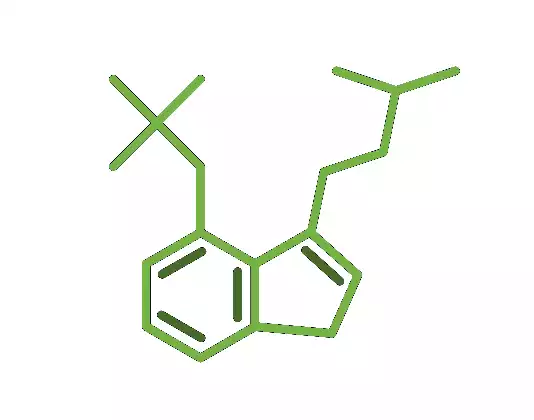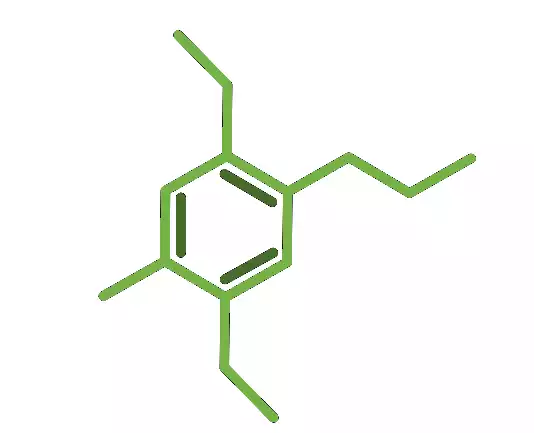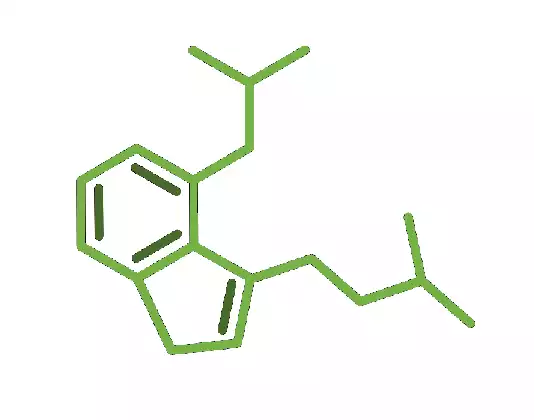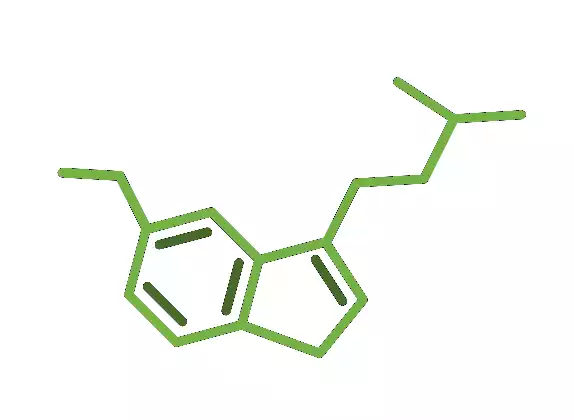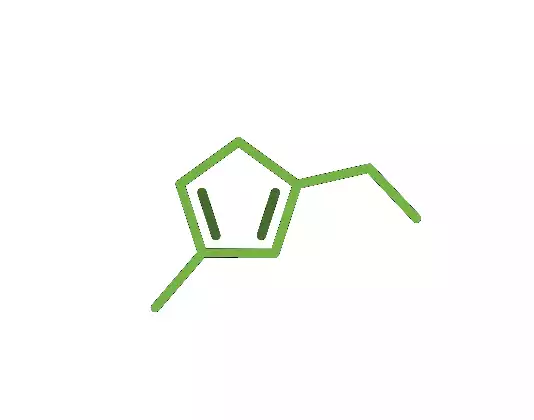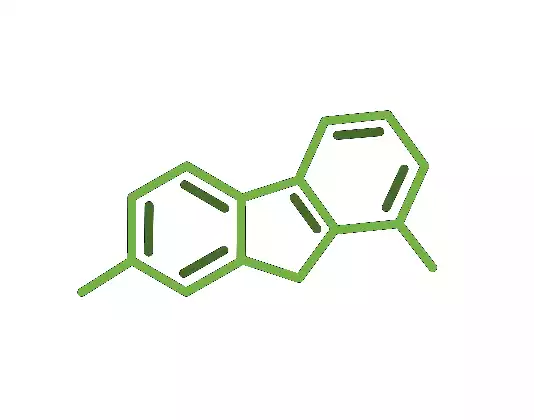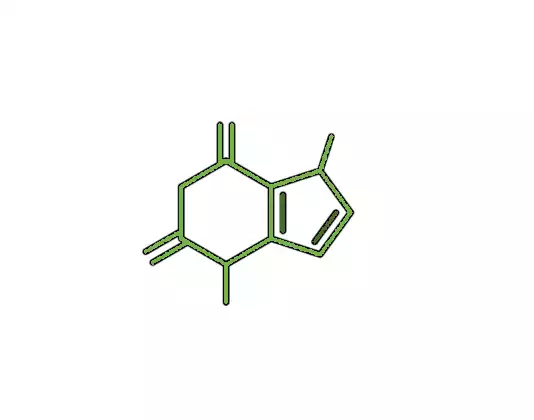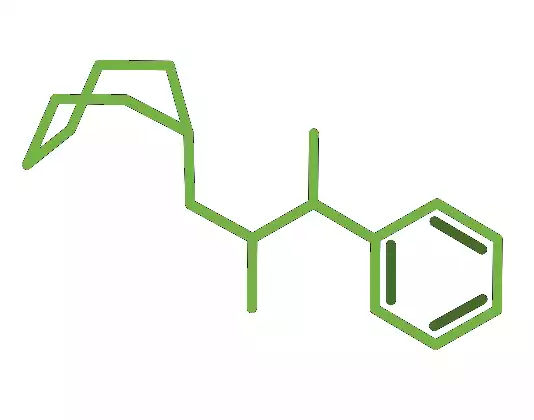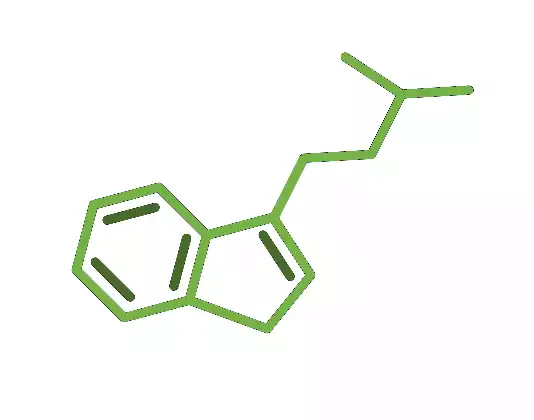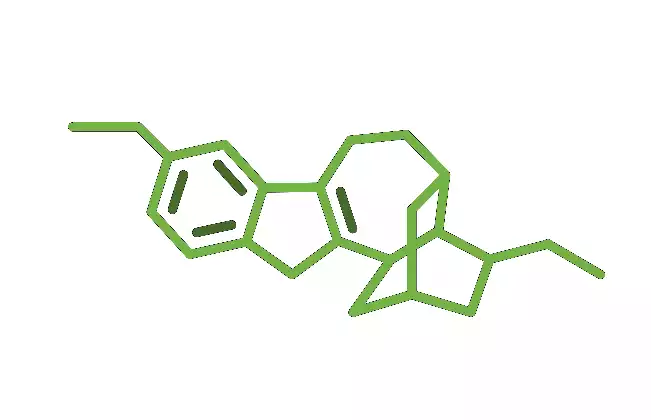The name Ayahuasca comes from the Kocha language and may be translated as the "vine of souls" or "vine of spirits".
An Ayahuasca infusion is made by cooking a mixture of different plants, typically comprised of Banisteriopsis caapi, a vine that contains beta-carboline alkaloids, and Psychotria viridis, a shrub that provides the tryptamine DMT.
Used in a traditional ritual, Ayahuasca is considered sacred and a powerful medicine for the treatment of a variety of physical, mental, social and spiritual ailments. At present, a growing number of studies provide proof of Ayahuasca’s psychotherapeutic benefits.
Preliminary studies indicate that the use of Ayahuasca in a ritual and/or therapeutic setting with mental and physical preparation in advance can assist in mental therapy. For example, Ayahuasca has shown to be effective in the treatment of substance addictions, persistent depression and as a tool for improving mental well-being. As with other psychedelic substances, the therapeutic effects of ayahuasca remain after the acute pharmacological effects have subsided (afterglow).
In addition, in vitro studies have found that the active ingredients in ayahuasca promote neurogenesis, and according to preliminary hypotheses, also protect tissues through an anti-apoptotic, pro-neurotropic and anti-inflammatory therapeutic effect.

